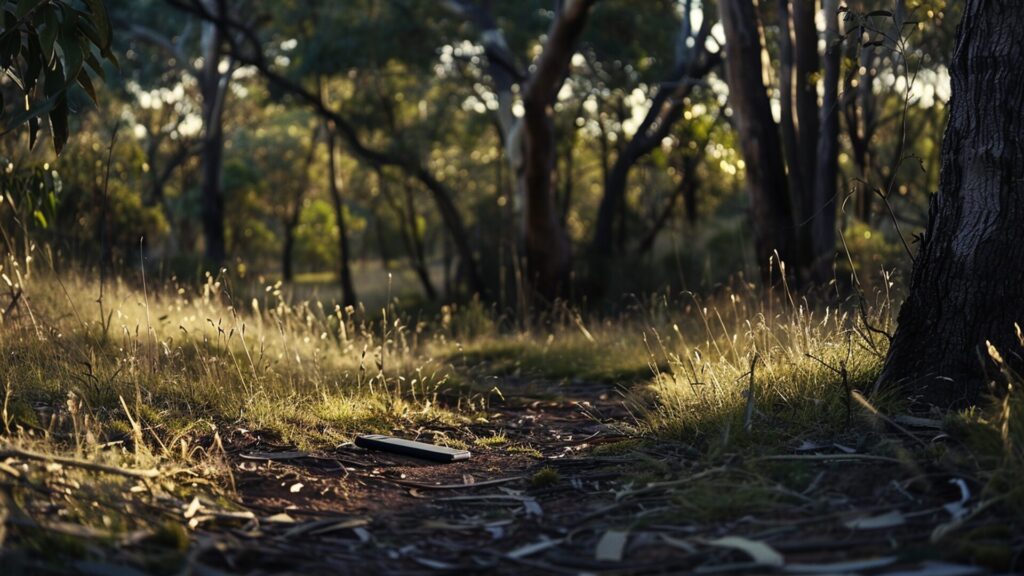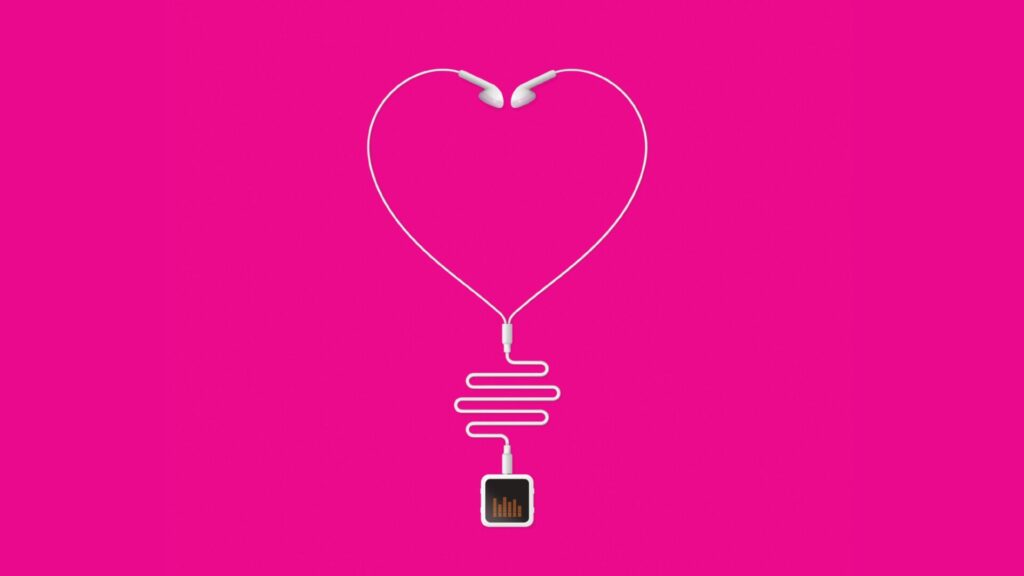Video call fatigue is something not many people had really encountered before Lockdown 2020 came along. According to a World Economic Forum article, video conference users are complaining of exhaustion and feeling worn-out and run-down—even though they are no longer working in the office.
The same article suggests a couple of reasons why this might be the case. Firstly, heightened self-awareness/consciousness. Seeing themselves on screen, they are more conscious of how they look and sound to others . . . constantly. Another reason suggested is that trying to process all the non-verbal communication takes a lot more effort on those small screens than in real life.
For a time, video conferencing was the only way to “see” family and friends, to conduct church and small groups, and for businesses to function. But it has also meant our lives are even more dominated by screens than ever before. We’ve lost interpersonal interactions to the empire of screens.
Now, more than ever before—as digital spaces become the only spaces we are interacting in, working in, watching church in—there might be value in taking a digital Sabbath. We need to find ways to detox and to slow down our rapid consumption, while still using the platforms provided to introduce Jesus to a fast-paced modern world that needs to know Him more than ever.
In this always-connected world, perhaps it’s time to put your phone aside for the Sabbath hours if you can. I’ve tried it before, I think it’s time I started again. I have a carved wooden bowl shaped like a pineapple. It’s about the right size to fit my phone, and perhaps one or two others. I call it the Pineapple of Power! It traps my phone for the Sabbath hours. I even leave it at home when I go to church. I find it liberating not to have access for the whole day but it is hard. I always reach for it, feel its loss, have to intentionally do other things to allay the boredom.
Digital Sabbath can help but it’s not a magical fix-all. It just shows that we need more space and time for deeper connections.
Rebecca Rosen, in her article for The Atlantic called “We don’t need a digital Sabbath, we need more time”, put it this way:
“We need to realise that at the core of our desire for a Sabbath, isn’t a need to escape the blinking screens of our electronic world but the ways that work and other obligations have intruded on our lives and relationships.” [pullquote]
In a time where we’ve seen the usefulness of technology for ministry and connection, we can’t be all in or out. We can’t see technology as evil or a blessing but instead should see it as a tool that is neutral—it is how we use it and what for that counts. I’ve been blessed to video call my parents, often during the Sabbath hours during this lockdown, so they can see their new granddaughter, the only contact they’ve had.
But we do need to examine our practices.
In the Pacific, where the spread of smart phones is increasing and as data gets better and the temptation of endless scrolling is more widespread, there is a chance for the Church to get ahead of the curve and help members cultivate healthy online habits. There are some innovative outreach ministries taking place through texting and a young Fijian’s evangelistic videos recently went viral on Facebook. So I’m not talking about legalistic rules of what can and can’t be done on Sabbath, or scrapping technology altogether, but looking at ways to use the digital space most effectively.
I personally receive a lot of edification and spiritual content on my various social media platforms.
As the Church comes out of lockdown and relying so heavily on technology, we need to find a balance. There are amazing ministry opportunities online at the same time as there are distractions and dangers. As Christians we need to navigate the digital space, even if we may need to detox for a while to make us more effective online disciples.






